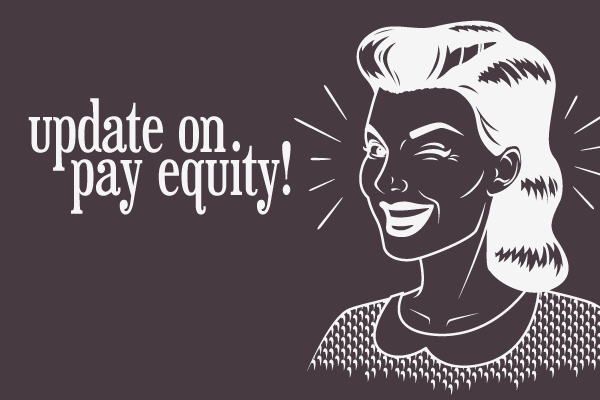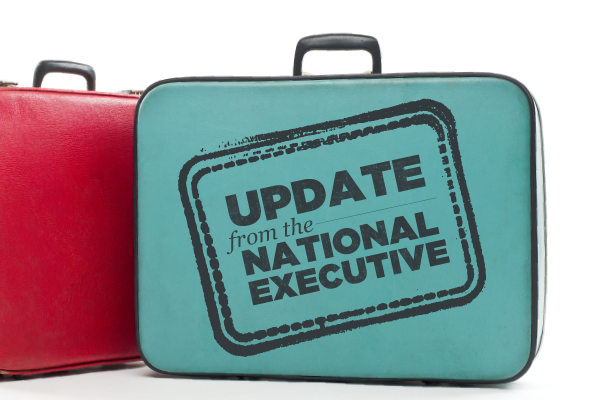
Spring has finally arrived and with it, the chance to once again witness nature at its best: sprouting! What better time to celebrate our planet and reflect on the many ways we can better the environment. This Earth Day, take the time to rethink old habits and take action! The following helpful hints can get you started:
Give up your love-affair with the printer
Not everything needs to be printed! The first step towards doing away with piles of paper on your desk is to adapt an organized and intuitive way of filing your electronic documents. Also, check your printer settings. Is your printer set to print double-sided by default? This alone could cut your paper consumption in half!
Think green… procurement!
Are you in charge of ordering supplies and printed documents? Choose products that come with minimal packaging. Ask your supplier about products made from recycled materials. When ordering printed material, opt for paper that is certified by the Forest Stewardship Council; they are a widely respected non-profit organization that certifies certain types of paper as being both environmentally and socially responsible choices. They also play an important role in protecting old growth forests.
Rethink your lunchbox
Waste reduction can start in the very lunchbox you bring to work. Bring beverages from home in a reusable stainless steel bottle instead of purchasing plastic water bottles or juice boxes. Bring cutlery from home instead of using disposable plastic cutlery from the cafeteria. Get inspired by the University of Victoria who banned plastic cutlery in an effort to reach zero waste; they now provide biodegradable cutlery made from bamboo! Finally, give up the ready-made meals from your store’s freezer section; a homemade meal in a reusable plastic container will have less of an impact on the environment and will, most likely, taste much better too!
Go vegetarian once a week!
You may have heard Dr. David Suzuki mention this concept before. Meat-production has a very serious impact on the environment. A United Nations report from 2006 found that raising livestock creates more carbon emissions than the world’s transportation put together1. In fact, the meat industry accounts for 18 per cent of global emissions.2 Try going vegetarian or vegan once per week – get your family and coworkers involved! You’ll reduce your carbon footprint dramatically and feel healthier. Who knows, you may even discover a new favourite recipe!
There are many ways to reduce our impact on the environment. This Earth Day, take a moment to reflect on a few ways you can do your part. For more information on earth day events across Canada and ways to take action, please visit the Earth Day Canada Web site: http://www.earthday.ca
[1] Rearing cattle produces more greenhouse gases than driving cars, UN report warns. (2006) UN News Centre.
[2] Livestock’s Long Shadow (2006). Food and Agriculture Organization of the United Nations.








